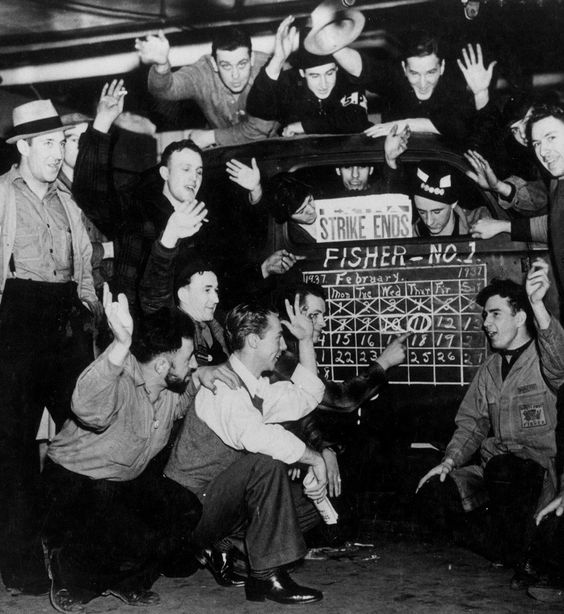
Sunday, January 9
The madness of crowds—and the wisdom of crowds.
Each of these phrases has been in the title of a book…each focusing, largely, on investing/speculation/investment bubbles. But the phrases could also refer to the mystifying actions of people—including the January 6 rioters—when they gather as a crowd.
Indeed, historians such as George Rudé have build reputations on the study of crowd behavior. Psychologists must have done the same sort of work, although I know nothing of their research.
But so much of the journalism focused on January 6 reflects the writer(s)’ preconception of right and wrong. A very long Times article today looks at the experiences and psychological damage sustained by Capitol police. Inevitably, that article carries the suggestion that the rioters were villainous or at least demented.
As far as I know, there has been very little in the way of clinical studies of the January 6 rioters. Some have now been prosecuted for crimes—and a few of these have recanted, saying they were deceived or some such. One Florida man, sentenced to five years in prison for his violent behavior, told the judge in his case that he was “really, really ashamed” of his behavior that day and that he would never attend a political rally again.
So just who misled him? Trump? Fox News? Other irresponsible media? Or the crowd itself?
A “mob” or crowd, we can understand, takes on a personality of its own, separate from the personalities of the individuals. Police of various nations have long employed agents provocateurs with the intent of getting a crowd to misbehave so that its members can be beaten up or prosecuted.
Does that work? Sometimes it must. But exactly what makes a crowd turn into a mob remains unclear. And at one moment, such a group might have a goal that could prove historically progressive, such as the sit-down strikes of 1930s and 1940s America that resulted in great gains for labor unions and ultimately gains in wages and benefits for the U.S. population as a whole. At another moment, as we know from innumerable movies and photos, a group can blame its unhappiness on the perceived actions of scapegoats—black people in the post-Civil War south or Jews in 1930s and ‘40s Germany and Austria.
One noteworthy anecdote comes to mind, drawn from French social philosopher André Gorz’ 1967 work A Strategy for Labor. Gorz described how managers at a European Vauxhall auto manufacturing plant conducted a survey in order to find out just what the facility’s workers thought of their work experience. The written survey, conducted one by one, revealed that the employees were hugely content. Later, though, the results of the survey were published—and workers gathered to discuss them. The group was outraged—how dare you say we are happy?!!—and immediately went out on strike.
Here, group psychology seems to move in a progressive direction. The group discusses things and takes action to right what the mass perceives to be a wrong. But for good or ill, once again, it seems people have different attitudes when they are individually isolated and when they gather as a group.
So, more study of the January 6 rioters—at least of those not members of organized fascist groups such as the Proud Boys or the Oath Keepers—seems in order.
Dinner: Ropa vieja, black beans, rice, and green salad.
Entertainment: More Vera on Britbox and Reservation Dogs on Hulu.


